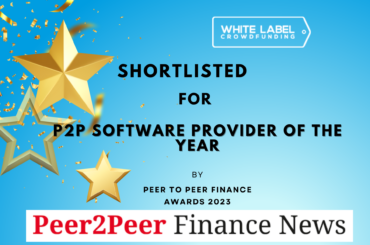 Welcome to the third article in our Translating Technological Terms series. The idea behind these blog posts is to help you understand some of the terms and technical phrases that we use when describing and explaining the platforms we help you create, launch and maintain. Our team comprises a group of knowledgeable professionals who are familiar with the technology we use – they use it on a daily basis. We want you to be comfortable when we discuss your platform with you; we want you to understand what we mean, to ask questions when you are unsure about something, and to have an overall comprehension of the technology we employ when building your online platform.
Welcome to the third article in our Translating Technological Terms series. The idea behind these blog posts is to help you understand some of the terms and technical phrases that we use when describing and explaining the platforms we help you create, launch and maintain. Our team comprises a group of knowledgeable professionals who are familiar with the technology we use – they use it on a daily basis. We want you to be comfortable when we discuss your platform with you; we want you to understand what we mean, to ask questions when you are unsure about something, and to have an overall comprehension of the technology we employ when building your online platform.
Our worldwide team of technological experts are constantly on the lookout for new ways to improve the services we offer, and we are continually seeking new ways to share our knowledge with our clients and help them to succeed.
We’ve looked at content management systems and we’ve covered WordPress; let’s continue this translating technological terms miniseries by taking a look at open source software.
Open Source
To begin, let’s review what the term “open source” actually means. According to Merriam-Webster, when referring to software, open source means “having the source code freely available for possible modification and redistribution.” The first known use of the term, according to the dictionary, was in 1998. Things have come a long way since then, and open source software has become an everyday term used by many numerous professionals in the field of technology.

There are many, many reasons why professionals, including us at WLCF, choose to use open source software for websites and platforms.
The idea behind open source is just that; it is open source code that can be freely accessed, shared, used and modified. This may raise doubts in your mind, that it is therefore unsecure and unreliable. Quite the opposite is true. The fact that numerous people can access the code means that it is continuously monitored – there is constant evaluation, if you like, carried out by people who know what they’re doing, and can spot mistakes, inaccuracies and potential failings. It also means that various experts can apply their knowledge to the existing code, essentially creating a huge group of contributors who can continually improve the material.
Open source software licences encourage collaboration between users. They encourage programmers and developers to edit and alter the code for their own use as they wish, as long as they then allow others to do the same with their work. This collaboration facilitates an online community and an ethos of sharing.
An often undervalued advantage of open source software is that it gives users the opportunity to learn. Imagine you are beginning to get to grips with code and how it works. While we probably wouldn’t recommend that you actually edit the code yourself, we would definitely encourage you to look at it, study it and learn from it.
Opting for open source software gives users a certain level of control that they wouldn’t normally have. They can use source code that fits the bill for what they’re looking for, and then modify and update it to finetune it according to their specific requirements. They can also decide which piece of software to use for which purpose; rather than be restricted by limitations imposed by the creators.
The element of stability is also a big plus when deciding whether to use open source software or not. The development of such software is ongoing; it’s not something static that will be created and then left as is when the developers choose to stop working on it. Going back to the topic of an online community of knowledgeable programmers, this means that progress and developments don’t stop when the creators of the source code call it a day.
If you would like to find out more about why we use open source software, or discover more about what we do and the technology we use, please visit the Services and FinTech pages of our website, or contact us.













